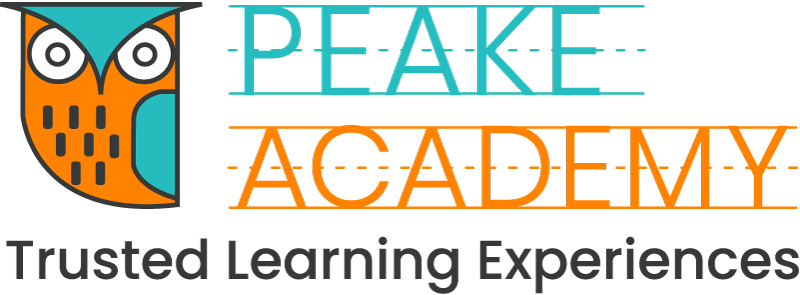PAPER AND CRAYONS AND BINDERS…OH, MY!BACK TO SCHOOL 101
It seems like the smoke from our Fourth of July fireworks just cleared, but if you look at the calendar you see it’s almost time for the kids to go back to school. In most places, the kids have less than thirty days of summer vacay left. And if you’ve been to the big box stores lately you know the shelves are lined with all sorts of school supplies, which means it’s time for parents to get ready to spend a big wad of money on school supplies, back to school clothes, sports fees, lunch accounts, and all the other extra-curricular expenses that have somehow become part of the required regimen for kids.
The total sum of money spent on these things adds up quickly—easily reaching a couple of hundred dollars per child. That can really put a crimp in the family’s finances—especially if you have more than one child (which most people do). But let’s not forget that this time last year a lot of parents and students were beside themselves trying to figure out what to do, or rather how to do school. So, knowing your kids will actually be in school makes the strain on your bank account a lot easier to deal with…to be thankful for, even.
Being thankful doesn’t mean you shouldn’t be smart when it comes to spending. You might also be pleasantly surprised to know there several things you can do to reduce the cost without compromising on how well equipped and outfitted your kids are on that all-important first day (and all those that follow).
Take advantage of the US Department of Agriculture’s food program. The program provides FREE lunch to ALL kids in school across the nation regardless of their parents’ income. They even offer take-home food bags for the weekend. It is for EVERYONE. Don’t be embarrassed or believe you are ‘too good’ to take advantage of it. Besides, the money you save can be channeled into another direction (school or otherwise). The average cost of a school lunch is $2.75, so even if your child only eats hot lunch an average of three days a week, you will save over $200 per child over the course of the school year.
If your child prefers to take their lunch from home most days, there are still plenty of things you can do to cut the cost.
Buy large bags of chips, pretzels, or crackers and put them (along with the rest of your child’s lunch) in reusable snack bags or boxes
A thermos for water or juice is cheaper than single-serve bottles or boxes.
Pack small portions to cut down on waste. Kids usually don’t have a lot of time to eat lunch, anyway.
Only pack things your kids will eat.
Don’t let your kids talk you into scented or colored paper. It ends up with the teacher, then goes into the trash. If you want to give them one or two ‘splurge items’, go with scented pens, colored pencils, or crayons. These things actually give students an incentive to put more effort into their work. Oh, and don’t feel you have to buy a new backpack every year. If the one they have is still functional, then let it function.
If your school doesn’t have uniforms, create a capsule wardrobe: Three pair of jeans, three or four pair each of shorts and pants/joggers, ten to twelve shirts each for winter and summer, ten pair each of socks and underwear, four pair of pajamas (two for summer and two for winter), two swimsuits, two pair of sneakers, one pair of dress shoes, one pair of sandals, two pair of flip-flops, two dresses for girls and two slacks and polo shirt outfits for boys.
FYI: The capsule wardrobe saves money, time wasted in the morning, and time doing laundry.
Limit your kids to one extra-curricular activity per season/semester.
Take advantage of:
The local library’s resources for checking out passes to museums, exhibits, and lessons/classes.
Your state’s tax-free weekend for buying school supplies (including clothes and tech items).
Pay a college student to tutor your kids if necessary. They have the skills and relate well to your kids…for less money.
All in all getting your kids ready to go back to school is as much about the three P’s (practical, prudent, and proactive) as it is about the three R’s once they actually get there.
Thank you for reading this content. Subscribe to our Weekly Newsletter. We occasionally send resources of great value and freebies and we would love to send them to you for free!
Be sure to get your FREE Preschool Supply Checklist made by Peake Academy Preschool At Home .
Visit our Parent Advisor and The Buzz Blogs to learn more about related topics and parenting tips. You are welcome to join our private Parent Advisor Facebook group. It’s a growing community of parents and preschool teachers where you can learn and share more parenting tips.







